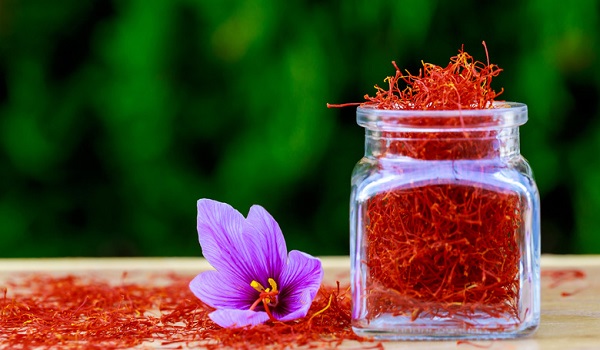The wedding season demand clashes with the supply crisis as imports stall and Kashmir output dips.
Retail prices of premium saffron have surged past ₹5 lakh per kilogram—a 10% spike within four days—after trade through a key border route was suspended following a terror incident. The sudden closure has disrupted supplies of the prized spice, especially from Afghanistan, a major exporter.
The halted trade route was the only land corridor available for importing goods from a neighboring country. Authorities shut the corridor in a diplomatic move after the attack, which claimed the lives of 26 tourists.
“Prices of top-grade saffron were hovering between ₹4.25 lakh and ₹4.50 lakh before the border closure,” said Nilesh Mehta, cofounder of Bell Saffron, a Chennai-based supplier. “Since then, prices have shot up to ₹5 lakh per kilo.”
The price now rivals that of 50 grams of gold, currently trading at ₹99,174 per 10 grams.
Saffron from Iran, considered more affordable than the Kashmir variety, has also seen a 5% uptick in prices.
India consumes around 55 tonnes of saffron annually, with only 6-7 tonnes grown locally, mainly in Kashmir’s Pampore, Budgam, and surrounding regions. The rest is sourced from Afghanistan and Iran. But supply woes, diplomatic tensions, and erratic local weather have led to a tightening of stocks.
North India Buyers Pull Back Amid Tensions
While demand remains strong in the southern and western regions, especially from sweet makers preparing for the busy wedding season, many northern buyers have turned cautious.
“We are facing backlash from the north. Several buyers have paused orders due to the recent unrest,” said Ferooz Ahmed, owner of Pampore-based Retaj Agro Farms.
Umer Mukhtar of Mir Kashmir Saffron echoed the sentiment, noting that much of the demand this time of year comes from confectioners. “May and June see high saffron usage for sweets and festive dishes,” he said.
At the India International Kashmir Saffron Trading Centre, saffron is currently fetching ₹3 lakh per kg in wholesale markets, according to Sartaz Ahmad Shah, Joint Director (Extension), Department of Agriculture, J&K. “It’s a good price given the circumstances,” he said.
Production Woes Add to the Crisis
In addition to the supply disruption, Kashmir’s saffron yield has been hit by unpredictable weather and industrial activity. Local growers point to the expansion of cement factories in the Pampore region, which they claim release dust that damages delicate saffron blooms.
“The flowers are extremely sensitive, and cement dust can cause them to wilt, reducing both quality and quantity,” a senior trade official said.
The saffron crop is notoriously labor-intensive—each gram requiring the delicate collection of filaments from 160–180 flowers. The harvesting season is short, typically spanning mid-October to mid-November.
Three major types of saffron are cultivated in the valley:
- Mongra: Deep red with high aroma and flavor, considered the finest.
- Lacha: Contains both red and yellow parts of the filament.
- Zarda: Often used in cosmetic and wellness products.
With rising global demand and shrinking availability, stakeholders say saffron prices may remain elevated unless trade routes reopen or domestic output rebounds.


